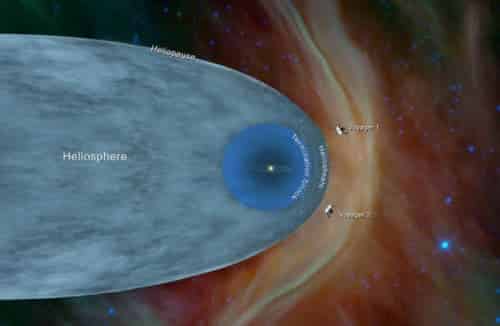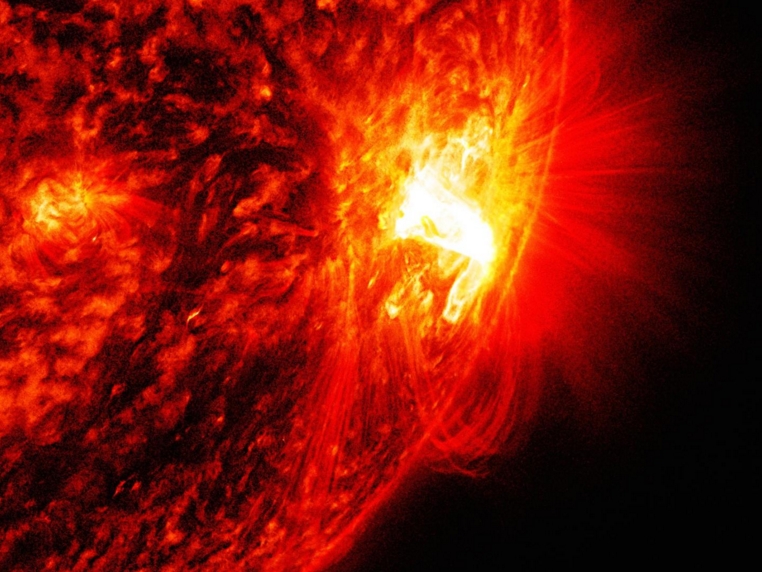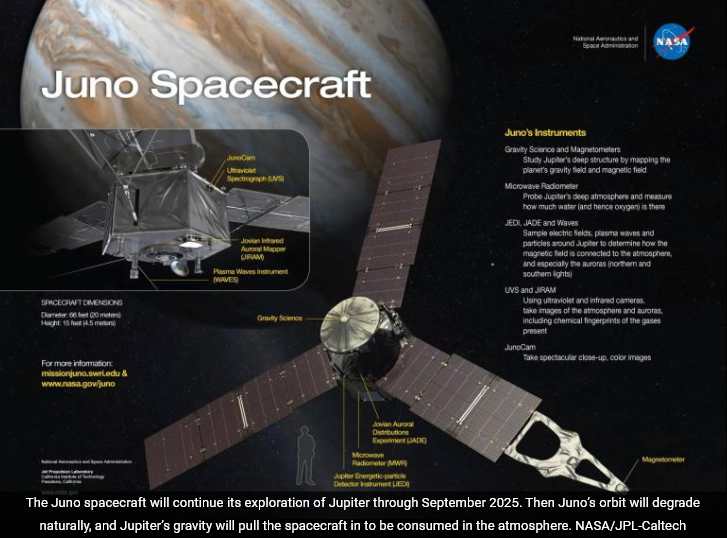Scientists at the Naval Research Laboratory have discovered a previously unreported solar feature – Coronal Cells – where high-temperature coronal emission is confined to discrete plumes that extend upward from unipolar concentrations of magnetic flux.
The NRL researchers think that future studies of these cellular regions will lead to an improved understanding of magnetic field line reconnection at the boundaries of coronal holes, and how these changes are transmitted outward into the solar wind. This research is published in the March 20 issue of the Astrophysical Journal. NASA provided financial support through their Heliophysics Guest Investigator Program and their Living With a Star Program.
Drs. Neil Sheeley and Harry Warren, researchers in NRL’s Space Science Division, describe these Coronal Cells as appearing in discrete bundles “like candles on a birthday cake.” The researchers discovered the cells in ultraviolet emission lines formed at temperatures around one-million degrees Kelvin. Although the researchers made their discovery using high-resolution images from the Atmospheric Imaging Assembly aboard the Solar Dynamics Observatory (SDO), they also observed the cells on ultraviolet images from STEREO-A and -B spacecraft recently, and from the Solar and Heliospheric Observatory(SOHO) in 2000 near the previous sunspot maximum. In addition, they used Doppler images, constructed from theExtreme-Ultraviolet Imaging Spectrometer (EIS) on theHinode spacecraft, to deduce that the outflow is faster at the centers of the cells than at their boundaries.
The researchers used time-lapse sequences of Fe XII 193 Å coronal images to follow these special regions as they were carried across the solar disk by the 27-day solar rotation. Near disk center, the Coronal Cells looked like photospheric granules with bright centers and dark, narrow intercellular lanes. But their 30,000 kilometer diameters were much larger than the 1,000 km dimension of granules. A comparison with magnetic maps of the photosphere, obtained with the Helioseismic Magnetic Imager aboard SDO, showed that the cells were centered on unipolar flux concentrations, but left doubt about whether the cellular emission was coming from the tops of closed loops near the Sun’s surface, or from longer field lines that extend higher into the corona. This question was answered when observations were obtained away from disk center. Here, the cells appeared as long plumes of emission projecting toward the nearest solar limb. Moreover, simultaneous observations from the STEREO-B and SDO spacecraft, separated by about 90 degrees along Earth’s orbit around the Sun, showed the same plumes projecting in opposite directions. Such stereoscopic views left no doubt that the Coronal Cells are columns of emission extending radially outward through the lower corona, like candles on a birthday cake.
The researchers addressed the question of how the Coronal Cells are lit and extinguished, and found that the visibility of the cells bears a close relation to the evolution of the adjacent coronal holes. The Coronal Cells appeared when the holes closed and disappeared when the holes opened. This behavior suggested that coronal holes have the same cellular magnetic structure as the newly observed Coronal Cells, but that this structure is not visible until the encroachment of opposite-polarity flux causes some of the open magnetic flux in the holes to close. For coronal holes at the north and south poles of the Sun, this happens during the approach to sunspot maximum, which is the present time in our current 11-year sunspot cycle.
|
|
During the course of their research, Drs. Sheeley and Warren observed the occasional disappearance of cellular regions when solar filaments erupted alongside them. As the chromospheric ribbon swept across the region signaling the reconnection of the field lines that were opened during the eruption, the same cells reappeared immediately behind the ribbon. This indicates that the plumes of material are established rapidly, in step with the reconnection of the associated magnetic fields. The discovery of Coronal Cells has already increased our knowledge of coronal magnetic structure. In the future, studies of the evolution of Coronal Cells may improve scientists’ understanding of magnetic field line reconnection at coronal-hole boundaries and its effects on the solar wind and Earth’s space weather.
Source: Naval Research Laboratories





